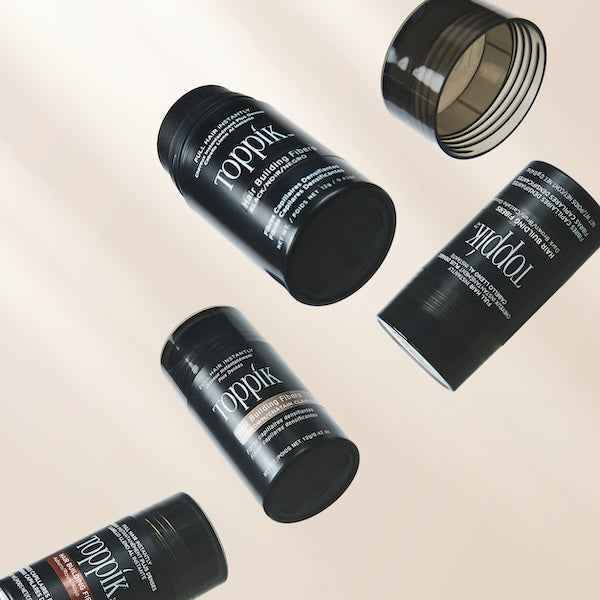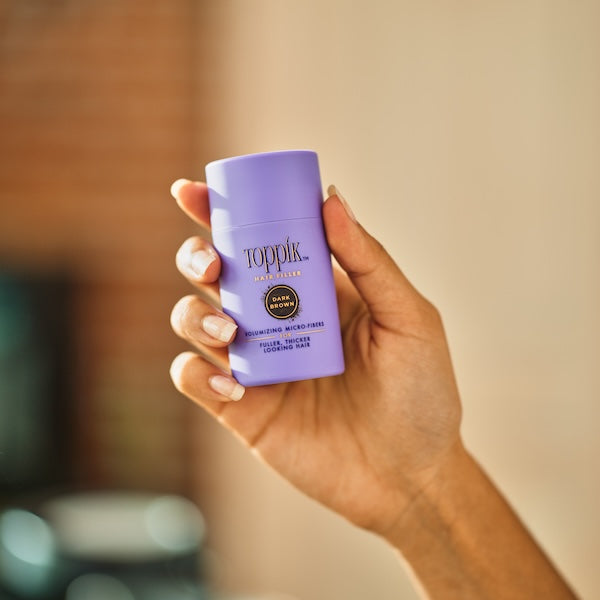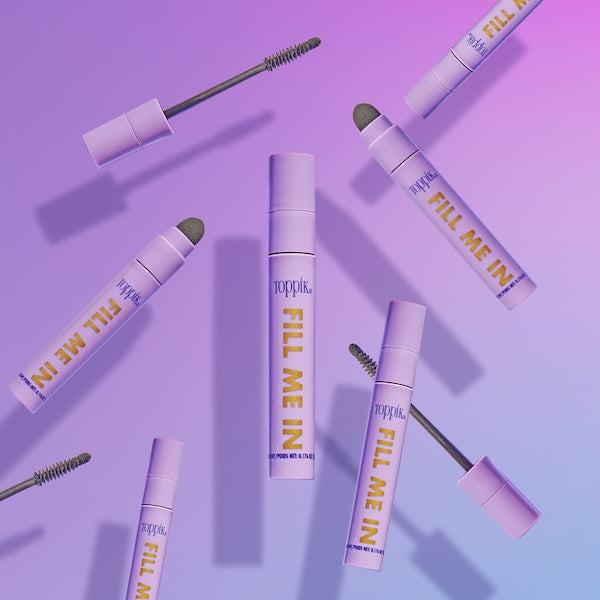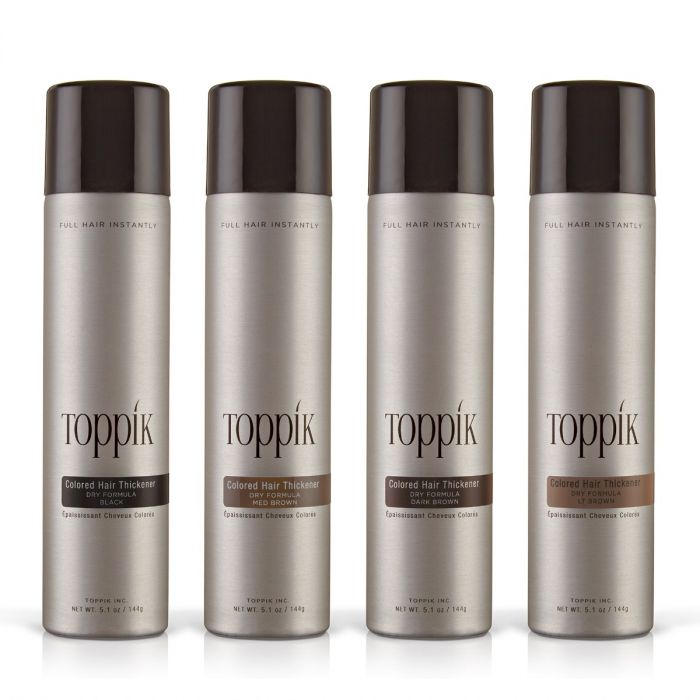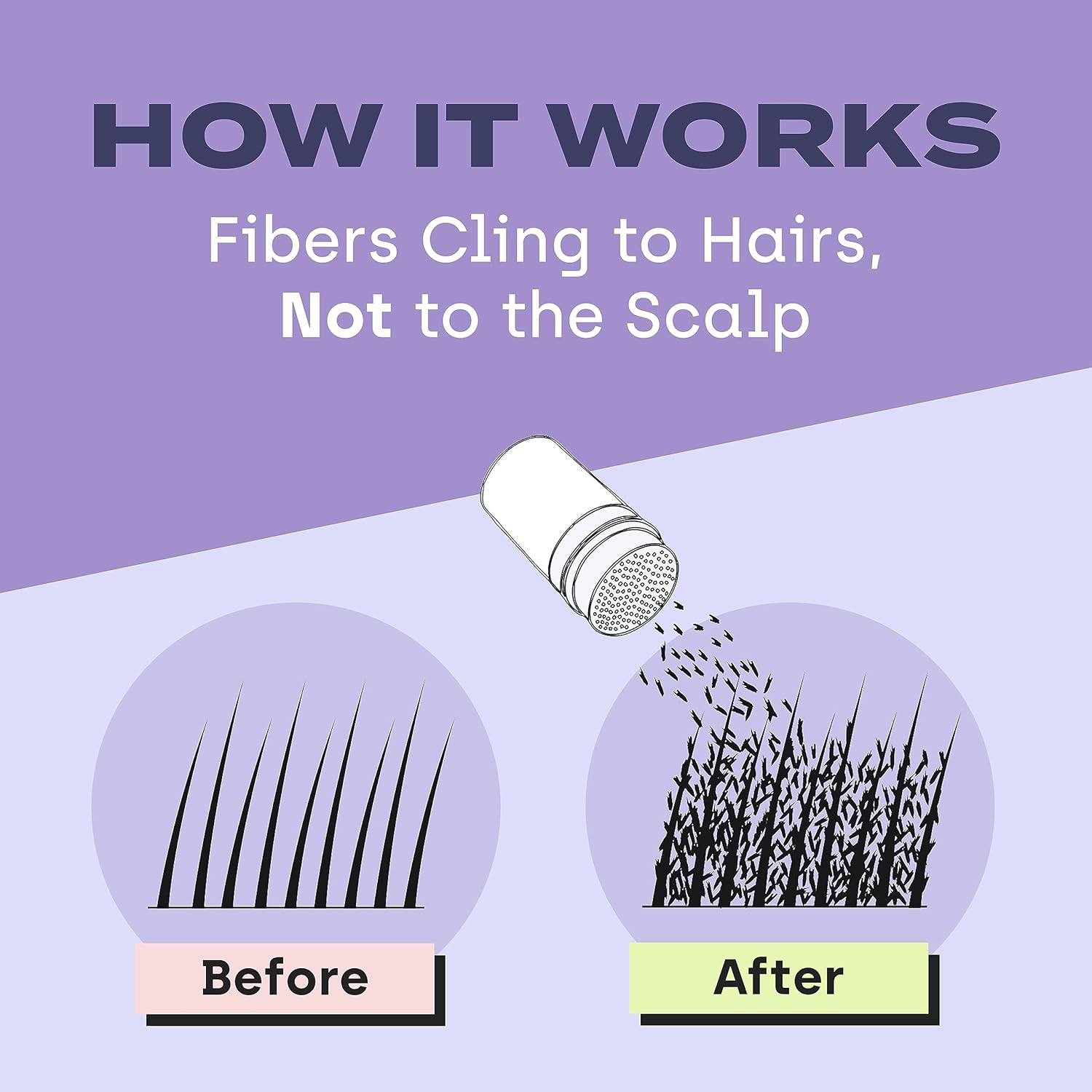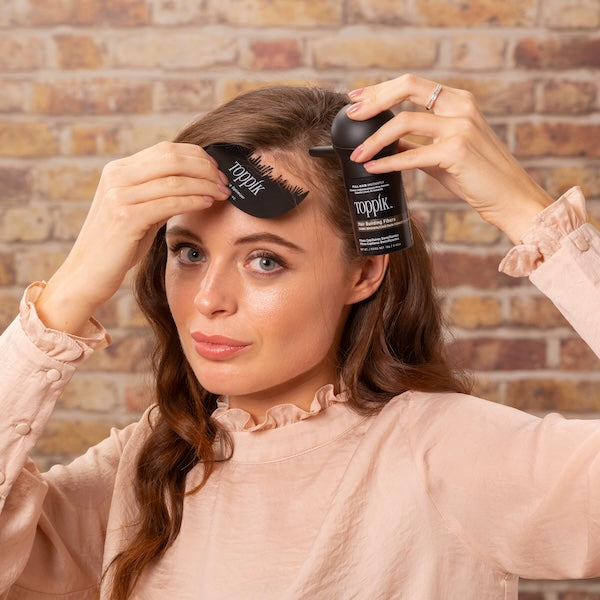Originally Published March, 3rd 2020
Chances are, you already know your hair texture. But what about your hair porosity? Hair porousness can make a huge difference in how well hair products work for you. In fact, it’s quite possible that your bad hair days are simply caused by using the wrong products for your hair porosity type! Keep reading to learn what hair porosity is, how to find your hair porosity type, and which products will work best for you.
What Is Hair Porosity?
Hair porosity refers to how your hair absorbs and retains moisture and products. So what affects hair porosity? It all comes down to the hair cuticle, which is the outer protective layer of the hair shaft. The cuticle is made up of overlapping scales of keratin, and the way these scales are positioned determines your hair porosity.
Hair porosity has three main types:
- High porosity hair
- Medium porosity hair
- Low porosity hair
For most people, hair porosity is caused by genetics. However, excessive heat styling or chemical treatments can injure the hair cuticle, making hair more porous than it would otherwise be.
No porosity level is “bad.” But if you can learn your porosity hair type it will help you choose the products that work best for your hair (more on that later).

Hair Porosity Test: Finding Your Type
Ready to find out your hair porosity? There are a few different methods you can use to discover your hair porosity type.
Method One: The Float Test
Place a strand of your hair in a glass of water and then observe what happens after two minutes. If your hair sinks to the bottom of the glass, you have high porosity hair. If the strand floats on top of the water, you have low porosity hair. If the strand floats in the middle of the water, you have medium porosity hair.
Method Two: The Slip Test
Hold a single strand of hair in one hand. Using your thumb and index finger on your opposite hand, pinch the hair strand and slowly slide your fingers upwards towards your scalp. If your hair strand feels rough or bumpy, you have high porosity hair. A little resistance (but no bumps) means you have medium porosity hair. If your hair strand feels smooth, you have low porosity hair.
Once you’ve identified your hair porosity type, skip down to read more about which products will work best for your hair.

The Best Hair Products by Porosity
High Porosity Hair
High porosity hair has cuticles that are more open. Moisture enters your hair quickly, but your hair doesn’t retain moisture well. High porosity hair dries quickly but is more prone to frizz. Your high porosity hair can sometimes feel dry and coarse, and requires extra moisture and protein to keep it nourished and healthy.
High Porosity Hair Products:
- Use a deep conditioner that revitalizes and strengthen damaged hair. Toppik Hair Building Conditioner is formulated with a nourishing complex of keratin (the same protein your hair is made of) and aloe for stronger, healthier-looking hair.
- Use a leave-in conditioner, which will add extra moisture to your hair.
- Always use a heat protectant when styling your hair to avoid further damage to the cuticle.
Medium Porosity Hair
Medium porosity hair has a healthy balance of moisture. Your hair is easy to style, and most hair care products will work for you. If you have medium porosity hair, make sure to follow healthy hair care habits to prevent damage to the cuticle, which could lead to high porosity hair.
Medium Porosity Hair Products:
- Periodically, deep condition hair with a protein-packed hair mask. This will help diminish any damage your hair receives through regular styling.
- Avoid using products with protein in your daily hair care regimen. Your hair doesn’t need it! Using too much protein on medium porosity hair can actually leave hair looking dry and straw-like.

Low Porosity Hair
Low porosity has a cuticle with tightly packed scales. The scales lie flat, which gives this type of hair a healthy, glossy sheen. However, since low porosity hair has such a dense protective barrier, it can be difficult to color and can take longer to dry than other porosity types. Low porosity hair also is more prone to product build-up, which can make your hair look lank and dull.
Low Porosity Hair Products:
- Always choose lightweight shampoos that won’t lead to hair build-up. Our pick? Toppik Hair Building Shampoo, which has a lightweight formula that won’t weigh hair down, leaving hair looking healthier and fuller.
- Avoid hair oils, which will just sit on top of the hair.
- After applying conditioner to your hair in the shower, put on a shower cap. The heat from the shower will help the conditioner to penetrate your hair cuticle and nourish your strands.
Choosing products based on your hair porosity can make a big difference to the appearance and health of your hair. Follow these guidelines, and we predict you’ll have more good hair days in your future!

